Relationship between Motor Power Factor and Efficiency: Positive Correlation?
Power factor and efficiency are very critical . The higher the power factor and efficiency indicators, the better. The design improvement scheme that can improve both power factor and efficiency indicators must be better. Motor designers with rich practical experience have faced such a dilemma: when the design is optimized to a certain level, one of these two indicators must be sacrificed to ensure the other. This kind of give-and-take game is often very puzzling, reflecting the subtle and close relationship between power factor and efficiency.
The power factor of the motor refers to the ratio of the active power absorbed by the motor from the grid to the apparent power. For a motor, the power factor can be understood as the ratio of the active current component in the stator current to the total stator current. The higher the power factor, the more useful work the motor does, and the higher the utilization rate of the power supply. We can also simply understand it as the ability of the motor to receive grid energy and do work to the maximum extent. For the power grid, it is hoped that the electrical equipment has a high power factor, the loss on the transmission line is reduced as much as possible, the capacity of the power plant is maximized, and the needs of as many electricity customers as possible are met. Therefore, for the power factor assessment requirements of motor products, the core is to ensure high-efficiency and low-cost operation of the power grid.
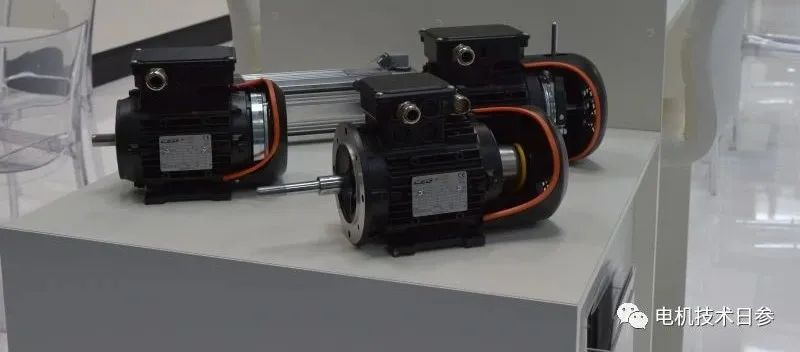
After the motor absorbs useful power (that is, the input power of the motor) from the grid, it is mainly converted into mechanical power on the output shaft, while the other part is consumed through loss. The active power consumed in the motor in the form of heat mainly includes: stator copper loss, rotor copper loss, iron core loss, mechanical loss and wind friction loss, plus other losses (stray losses) that are not included in the so-called five major losses. From the perspective of energy transfer, the smaller the loss, the greater the mechanical power output to the motor shaft (that is, the output power of the motor), and the higher the efficiency of the motor as a percentage of the output power to the input power.
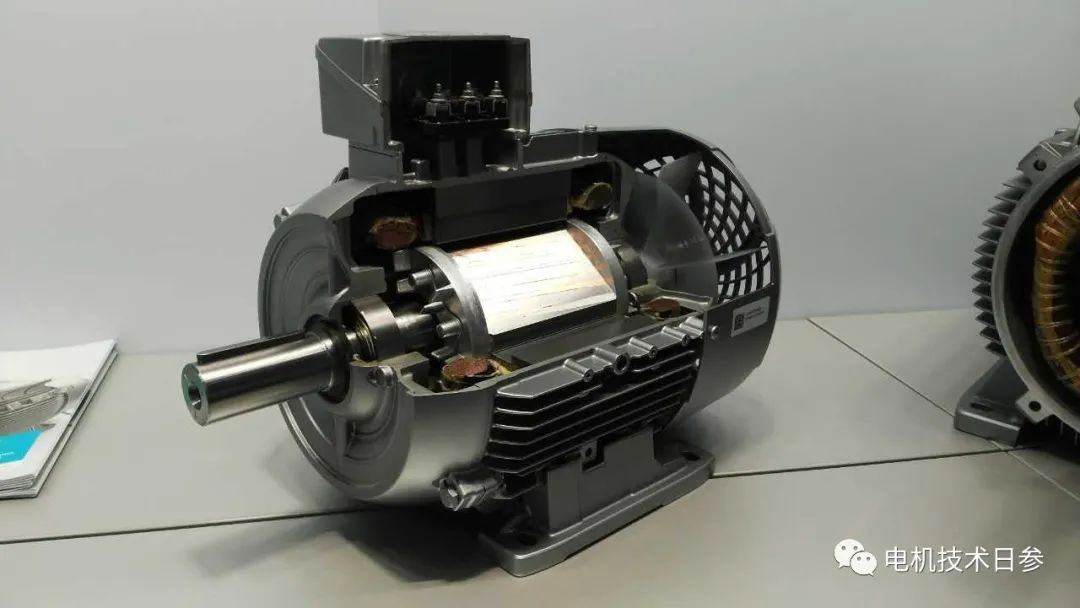
In order to improve the efficiency of the motor, the basic means is to reduce various losses. The size of the stator winding end and the temperature rise of the winding are controlled to limit the copper loss of the stator; the material of the cast aluminum rotor and the slot size are directly related to the copper loss of the rotor; the design improvement of the fan and the windshield not only improves the ventilation and heat dissipation effect, but also effectively reduces the wind friction loss ; Machining accuracy, bearing quality and design level of rotating parts support system, not only reflected in the comprehensive quality level of the motor, but also can effectively reduce the mechanical loss; the purpose of using higher grade silicon steel sheet is to reduce the loss of iron core ; Harmonic windings, closed slots, and vehicle air gaps are used to solve some problems that cannot be solved by conventional means. In addition to specific problems such as specific noise and noise and vibration indicators, stray losses can also be greatly reduced.
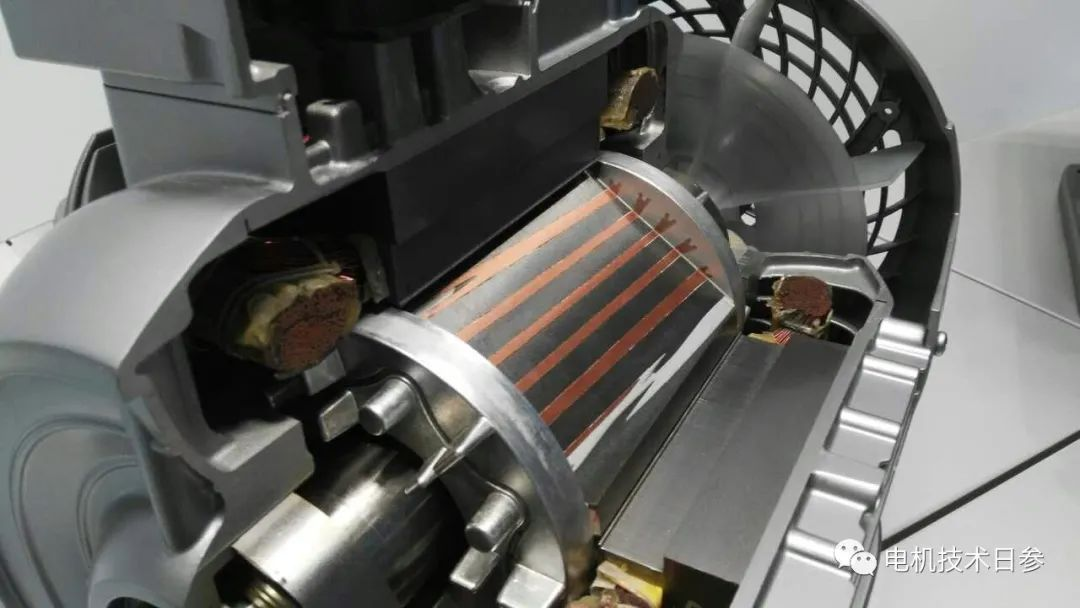
Under the guidance of the national motor energy consumption control policy, various manufacturers have adopted a multi-pronged approach, focusing on the flexible application of the above-mentioned means of reducing loss, which has promoted the popularization and application of high-efficiency motors: limited production of IE2 energy efficiency grade motors, popularization Promote IE3 energy efficiency grade motors, continuously verify and improve the design technology and manufacturing process in the production process of ultra-ultra-high-efficiency motors, and steadily promote the production of IE4 and IE5 high-energy-efficiency motors.
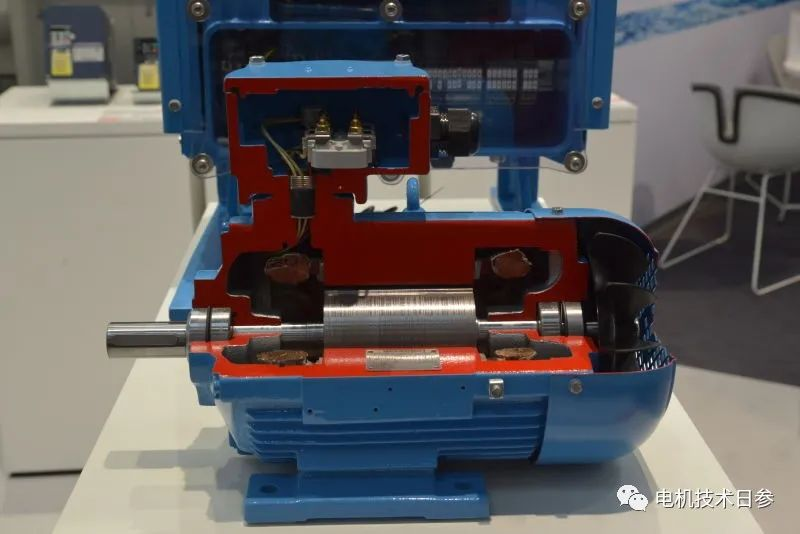
Comparing the concepts of motor power factor and efficiency, we can simply sort out the relationship between the two:
(1) Power factor and efficiency are the key indicators for the reliable and economical operation of motor products. In order to save electricity or electricity bills, customers hope that the bigger the better;
(2) Power factor considers the ability of motor products to convert absorbed grid energy into useful work, which directly affects the utilization level of grid energy and grid operating costs. For this reason, the state strictly controls the power factor of electrical equipment, and there are strict power factor assessment regulations in the technical conditions of continuous duty motors.
(3) Motor efficiency reflects the ability of the motor body to convert the absorbed active power into mechanical power on the output shaft. GB18613, GB30253 and GB30254 respectively impose limit value control requirements on the efficiency of motor products with large quantities and wide areas, and pass some Policies are inclined to encourage enterprises to develop and produce high-efficiency motors.
(4) The expressions of power factor and efficiency are different. Although both are ratio relationships, power factor is expressed as a direct ratio, while efficiency is expressed as a percentage.
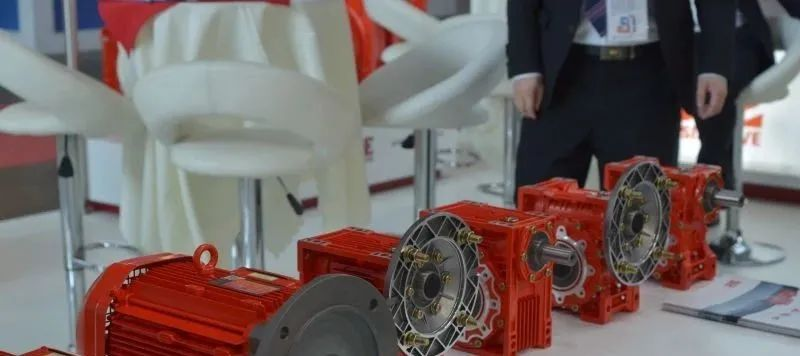
According to the statistics of China Business Intelligence Network, in the first half of 2020, the national industrial electricity consumption was 2,211.6 billion kwh, accounting for 65.9% of the electricity consumption of the whole society. As the main body of industrial electricity consumption, motor products have a greater impact on the overall energy saving level of the country. Therefore, whether it is the control of the power factor of the motor, or the improvement of the motor efficiency or the energy efficiency assessment, it is very necessary and has huge social and economic benefits.



























 XINDA
XINDA